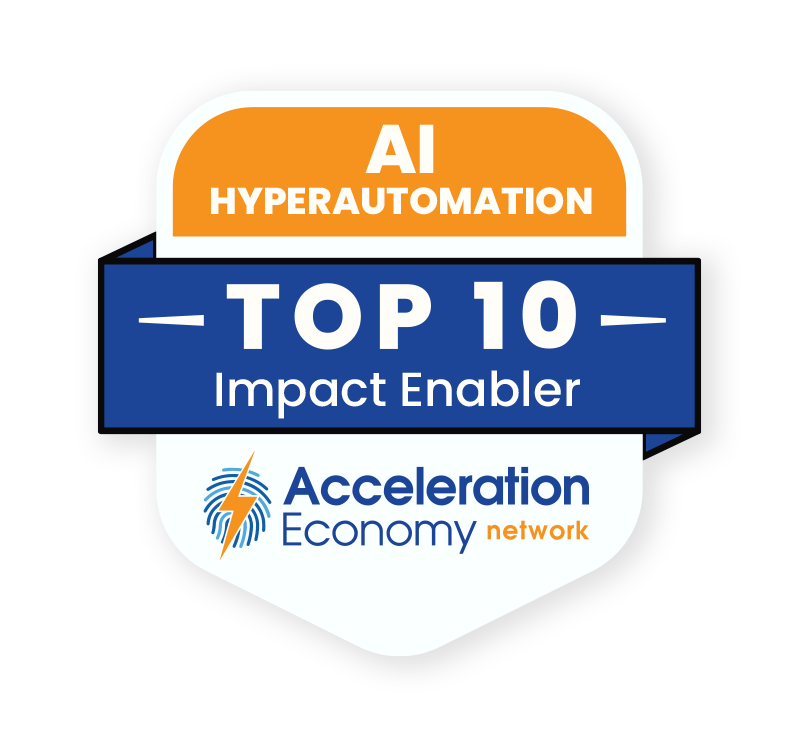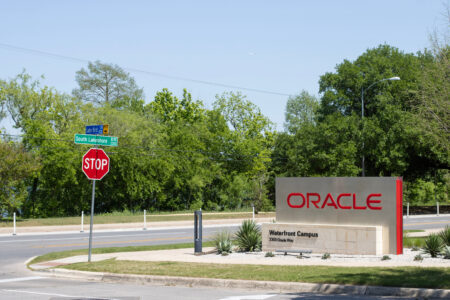Automation has changed how we work and made businesses become more productive and efficient. But, like any other technology, automation isn’t perfect and can sometimes lead to mistakes. This can be a big problem for businesses that use technology to do important work. In this analysis, we’ll look at some ways to overcome challenges when automation goes wrong.
Types of Automation
Advances in automation have led to robotics process automation (RPA), intelligent automation (IA), and hyperautomation. Although these technologies can be incredibly useful, they are not perfect and they do make errors in certain scenarios.
RPA uses software robots to do rule-based, repetitive jobs automatically. While it’s made to be very accurate and fast, an RPA bot might input the wrong information into a system or not finish a task properly. This can cause problems for businesses that depend on RPA to perform important tasks such as entering data, processing orders, and helping customers.
IA builds more advanced automation systems by combining RPA, AI, and machine learning. It can make choices based on data and learn to adjust to new situations. A bad algorithm, for example, could cause an IA system to misunderstand data or make the wrong decision. This can negatively impact inventory management, fraud detection, and predictive analysis.
Hyperautomation, the most advanced form of automation, includes RPA, IA, and other technologies like natural language processing (NLP) and computer vision. While hyperautomation can be very accurate and efficient, it can also be complicated and hard to handle. Hyperautomation systems can also make bad choices, which can lead to mistakes that can be costly for businesses.

Which companies are the most important vendors in AI and hyperautomation? Check out the Acceleration Economy AI/Hyperautomation Top 10 Shortlist.
Potential Impact of Automation Errors
Mistakes made by automation systems and applications can impact a business in several ways.
For instance, errors in automation could lead to cash losses. When technology goes wrong, it can cause businesses to miss deadlines and lose sales. If an automated invoicing system doesn’t make the right invoices, it can cause late payments, lost income, and even legal problems. In some situations, it can also cost a lot to fix or replace the automation system, which adds to the overall cost of the error or failure.
Errors in automation can hurt a business’ reputation. When automation fails, it can lead to unhappy customers and negative publicity as well as hurt the brand’s image. For example, if an automated customer service system doesn’t handle customer issues well, it can lead to bad reviews, backlash on social media, and loss of customer trust. In some situations, damage to a business’s image can be long-lasting and hard to fix, which can hurt the business’s bottom line for a long time.
Legal and regulatory problems could also happen because of mistakes made by robots. Such mistakes can lead to data breaches, privacy violations, and other problems with the law and rules. For example, if an automated data collection system doesn’t follow privacy laws, the business could face fines, legal action, and long-term damage to its image. In businesses where compliance is very important, like healthcare or finance, automation mistakes can have even bigger effects.
Automation Errors in Industries
There are some ways that automation errors can negatively impact different industries:
- Incorrect invoicing: An automated billing system can generate incorrect invoices due to data input errors such as incorrect customer details or incorrect pricing data, creating the risk of significant financial losses to businesses.
- Automated customer service errors: Automated customer service systems that rely on language processing algorithms may not accurately interpret customer concerns, leading to incorrect responses. Incorrect data inputs can also lead to automated responses that do not address the customer’s concerns, leading to dissatisfaction.
- Finance automation errors: Finance automation systems that rely on incorrect data inputs can lead to incorrect financial reporting or transactions. This can cause significant financial losses and damage the reputation of businesses.
- Healthcare automation errors: Healthcare automation systems that rely on machine learning algorithms can misinterpret patient data, leading to incorrect diagnosis or treatment. This can result in significant harm to patients and damage to the reputation of healthcare providers.
- Legal automation errors: Legal automation systems that rely on machine learning algorithms can misinterpret legal documents, leading to incorrect legal advice or outcomes. This can lead to significant financial losses and damage to the reputation of legal professionals.
By looking at automation errors within industries, the errors can be informative to avoid incorrect processing in the future.
Strategizing to Minimize Automation Errors
Here are several strategies that businesses can employ to recover from the damage caused by automation errors.
- Having a solid contingency plan in place is one of the most crucial steps. This plan should include a clear process for identifying and responding to automation errors, as well as a backup plan for performing essential duties if automation fails.
- It is essential to have a team of experts that can analyze and diagnose the error’s cause and work as rapidly as possible to resolve it.
- Investing in monitoring automation tools is another vital strategy. Such tools can assist businesses in identifying potential errors before they become a problem, allowing them to take corrective action before any harm is incurred. Additionally, automation monitoring tools can help businesses identify patterns and trends in automation errors, allowing them to identify and resolve underlying issues that may be contributing to the problem.
Final Thoughts
It’s important to build the right architecture that can handle failures and stop your process from doing something wrong. Also, it’s important to check the data before putting it into the automation queue. Most of the time, if the information is wrong from the start, the transactions won’t be processed right. So, data quality must be checked before it goes to the automation queue.
Businesses can keep getting the benefits of automation while minimizing the risks that come with errors and malfunctions. This can be done by knowing the possible risks of automation errors and putting in place plans to fix the damage they cause.
Looking for real-world insights into artificial intelligence and hyperautomation? Subscribe to the AI and Hyperautomation channel:









